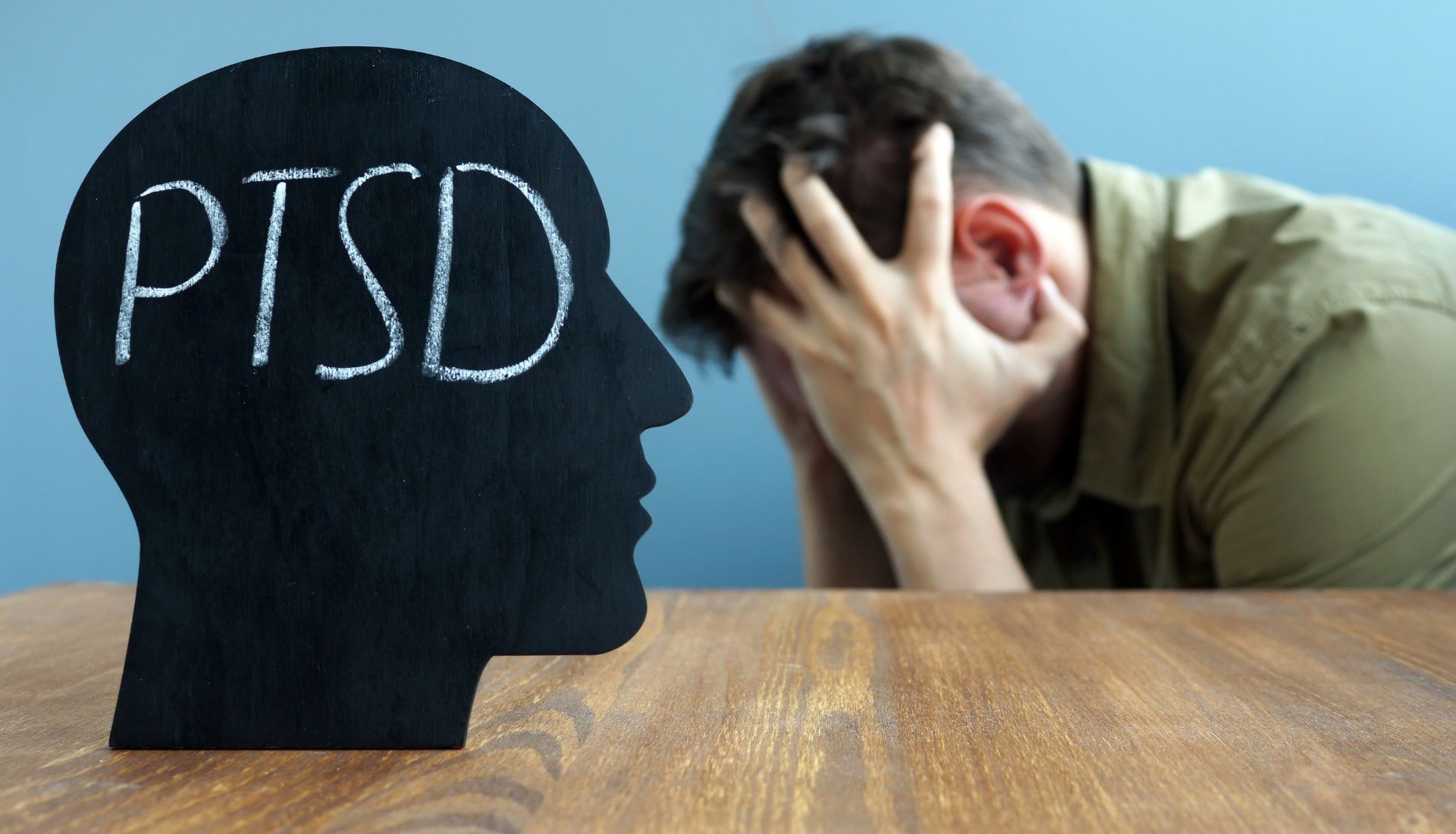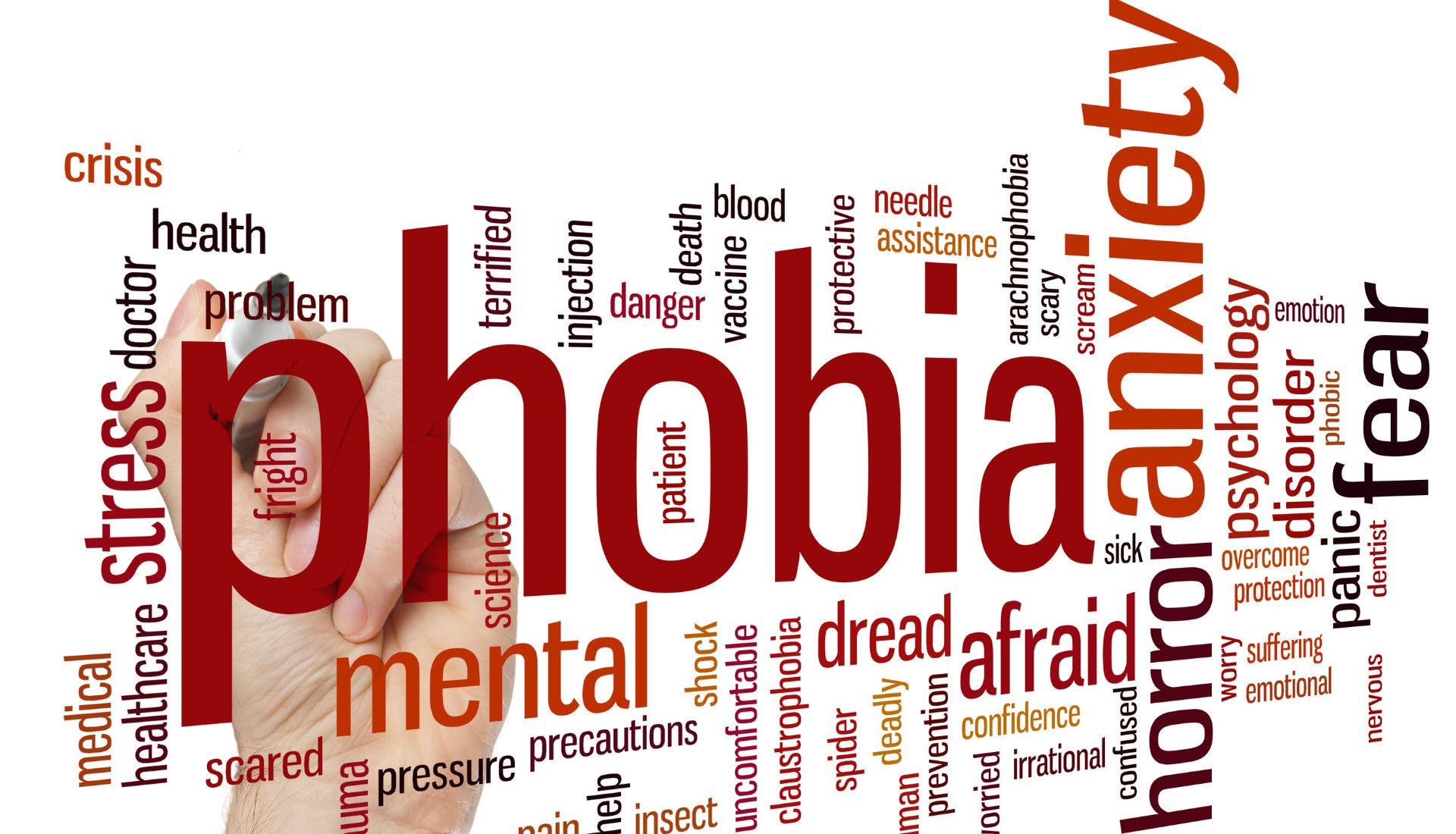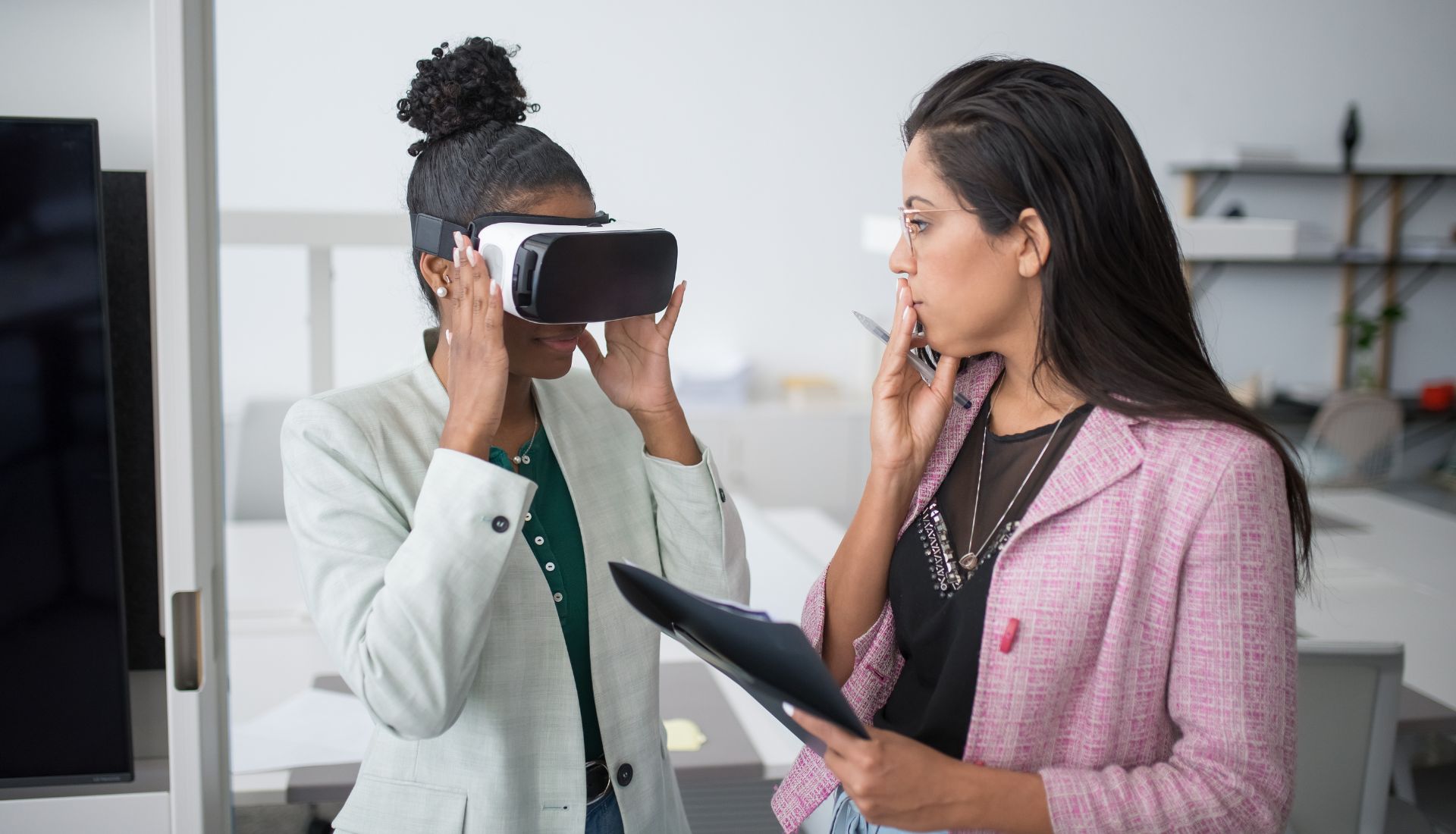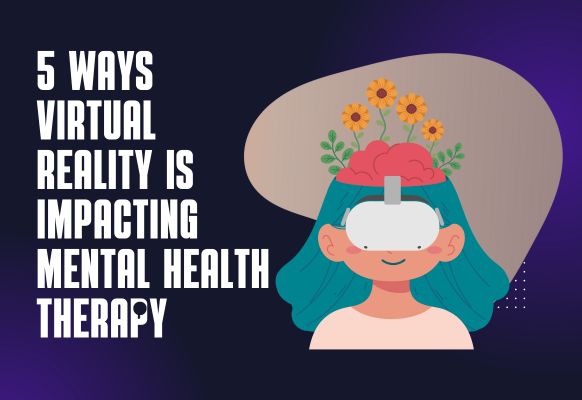Think of being in a soothing forest with birds singing while you sit and have a therapy session.
You could practice in front of a computerized audience to beat your fear of public speaking. This isn’t fiction. This is the future of mental health therapy, and it is taking place right now.
VR is now used for purposes other than gaming. Mental health specialists are finding that it helps to treat many disorders, such as anxiety, PTSD, depression, and others. VR therapy is impacting mental health treatment by providing a safe and controlled environment for therapy.
Guided relaxation is only one of many options with positive results, among them exposure therapy. We will look at the role VR is having in changing mental health therapy and its impact on people.
Table of Contents
- How VR Therapy Works
- Virtual Reality as Therapy for Mental Health Treatment
- VR for PTSD
- VR for Phobias
- VR for Anxiety Disorders
- VR for Depression
- The Benefits of Virtual Reality Therapy
- VR Therapy with Ellie Mental Health
- Conclusion
1. How VR Therapy Works

VR therapy is a form of therapy that mixes virtual reality with well-proven therapy techniques. Patients use a headset with sensors and are involved in 3D spaces that look like real-life settings. The sessions are usually conducted by a therapist and suit each patient’s requirements and therapy goals. A person who has social anxiety may use virtual settings to improve their ability to communicate.
One special thing about VR is that you can manage every aspect of the world, including sound and graphics. You can use this tool to expose yourself to fearful situations in a way that feels comfortable. n many cases, what happens in VR meetings is recorded for both parties to look back on and reflect.
2. Virtual Reality as Therapy for Mental Health Treatment

Virtual reality allows individuals to connect their imagination with real events. Many feel that talking about their problems in a regular setting is not intimate enough. VR delivers those hardships in a way that allows individuals to go through them directly.
Using VR makes it possible to simulate real-life situations in therapy to help resolve panic attacks and poor social skills.
Importantly, patients can use it to learn new strategies while faced with the situation they are dealing with. The therapist is able to help a client process and change their responses to fear or emotion during the VR session. Because VR can be tailored to patients’ unique stories, therapy works even better. Exposure to different environments in this way teaches people how to deal with situations without risk. Using VR can often gradually bring changes to someone’s behaviour in the real life.
3. VR for PTSD

The causes of PTSD are usually linked to different experiences or places. Living through a trauma again with a therapist in words can be very upsetting and uncomfortable.
People can relive their traumatic memories in VR, and the process is designed to be safe and gradual. It could mean that for veterans, each trigger is introduced in a virtual battlefield step by step. When dealing with assault survivors, the story might include friendly exposure to trauma-related subjects.
It is thought that over time, this therapy can help the brain react less strongly to trauma and triggers. Research indicates that using VR in therapy is more effective than talk therapy in treating PTSD. It serves as a link between your memory and the process of healing.
4. VR for Phobias

Phobias often make life more difficult and stressful. Being afraid of flying, spiders, heights, or public speaking, most people begin to avoid them.
Patients in VR can face their fears gradually. If you’re afraid to fly, you can start by logging in and sitting at a virtual airport. Once everyone has boarded, the plane takes off. Eventually, you experience the takeoff in a controlled and gradual way.
Exposure to the same situation online can change the brain, reducing the sense of fear.
VR makes individuals feel as though they are in command. If the patient is too stressed, the situation can be carefully reviewed or changed. With this option, therapy can be safer and more effective.
5. VR for Anxiety Disorders

Daily living may become very difficult due to GAD, panic disorders, and social anxiety. Using VR therapy, a person may experience real-life triggers but in a safe setting.
A party could be set up online, allowing people with anxiety to chat with virtual avatars and receive instant responses. They are free to explore many techniques to communicate and react to others without worry.
High-stress activities can be used by panic patients to learn ways to deal with anxiety. Eventually, the simulation in the virtual world helps build confidence in the real world. VR isn’t a replacement for traditional therapy, but it makes therapy sessions more exciting and engaging.
6. VR for Depression

Many people dealing with depression often lack enthusiasm and dedication. VR might be used to create positive spaces, relaxing experiences, and motivational simulations for therapy.
Model a day when you spend time at the beach watching the sunrise, an evening by the sea, or simply walking in a peaceful forest. Having virtual adventures can influence your mood and involvement.
Certain VR programs train users to overcome obstacles using cognitive behavioral methods and activities. VR allows those who struggle with leaving home to experience new things and feel a sense of success.
7. The Benefits of Virtual Reality Therapy

Controlled Environment
No part of VR therapy is left up to chance. All sound, images, and activity throughout the VR session are very well selected. Using this control, therapists manage patients’ emotions and secure steady improvements.
Maintaining the same environment all the time or switching to new ones can benefit the therapy process and reduce fear in the patient.
Controlled Exposure
When facing mental health problems, exposing yourself to things slowly is helpful. In VR, patients can experience their fears, but they won’t actually have to deal with the risks in real life. A person who is afraid of driving can simulate it using virtual platforms.
Confidence and positive actions can be strengthened using this type of therapy.
Personalized Treatment
Since every patient is unique, VR alters itself accordingly. Individual preferences, motivations, and tolerances can be included in the scenarios. If a therapist observes a reaction, they are able to change the experience in the moment.
Personalization usually results in quicker and longer-lasting outcomes.
8. VR Therapy with Ellie Mental Health

With Ellie Mental Health, people can access VR therapy more conveniently and effectively. By combining the latest technology with the expertise of licensed therapists, Ellie is paving a new path for healing.
They focus on fostering connections among people, enhanced by innovative systems. Clients receive support from real therapists while engaging in experiences that encourage personal growth. Anxiety, trauma, phobias, and stress can be treated with VR sessions tailored to each individual’s needs by Ellie.
Thanks to Ellie’s patient-centered approach, mental health therapy is now accessible to many through the digital world.
Clients can face their fears using Ellie’s VR technology while staying within their comfort zones. Because virtual sessions can be customized, mental health support is available to anyone with a busy or limited schedule. As a result, people are receiving solid and helpful care without having to disrupt their daily routines.
Conclusion
Virtual reality is making a difference in our lives by improving how we are healed.Presenting real life situations in a virtual setting lets individuals handle their fears, recover from traumas and feel reassured.
PTSD, phobias, anxiety and depression all have a major effect. With Ellie Mental Health and other providers, including this technology, more people are able to use it. Virtual reality is not just enhancing therapy sessions—it’s reshaping how mental health support is delivered, making it more interactive, accessible, and personalized.
At first glance, a headset may seem quite simple. But in the hands of a skilled therapist, it can become a doorway to healing, helping people confront their fears in a safe and controlled space
